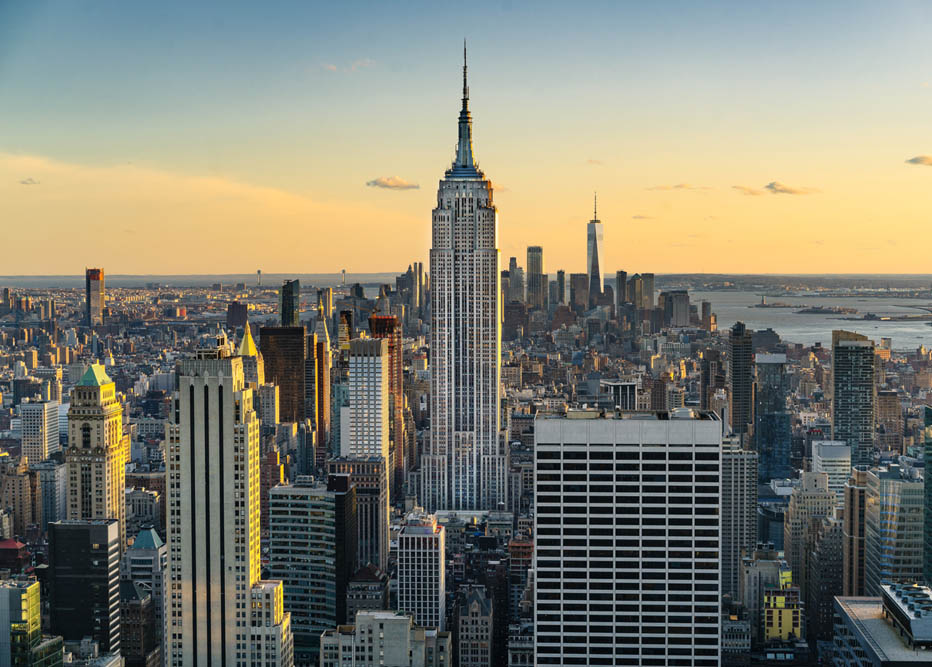Dow 20,000, Dow 25,000 . . . stock watchers have looked on with glee and fear as the market, until last week, continued its climb. But a different number is far more important for the city budget: three.
The annual interest rate on Treasury bonds is slowly creeping up toward 3 percent. Higher rates will make it more expensive for Gotham to borrow, even as it has tens of billions of dollars in transit, school, road, water and bridge needs.
Twenty years ago, a 3 percent interest rate on a 10-year federal Treasury bond would have been a historic low. But after the financial crisis a decade ago, the Federal Reserve pushed interest rates to near zero. The Fed bought up trillions of dollars of Treasury bonds and other debt, lending money to the US government dirt-cheap.
Now, interest rates are going up as Treasury bonds are coming close to 3 percent for the first time in nearly seven years.
This is happening for two reasons: first, the Fed doesn’t think the economy needs as much help as it did after the 2008 crash, and so has been pushing rates steadily up since 2015.
Second, the Christmas tax cut is putting more money in your paycheck — and the government is borrowing the money for it. The Treasury will borrow $955 billion this year, up from $519 billion last year, The Wall Street Journal reported Thursday.
That’s a yuge increase, so the government has to pay higher rates. Corporate and municipal borrowers will have to pay more, too, since rates usually move in tandem. Indeed, interest rates for municipal bonds rose on Friday along with Treasury bonds.
What does that mean for New York? It could mean losses for banks. With higher interest rates, fewer people will refinance their mortgages or borrow money to buy new cars — meaning less business for Wall Street.
Then, too, investors in existing bonds could see big paper losses. If new bonds offer higher interest rates, fewer people will want to buy the old ones.
Bad news for banks means bad news for the city budget. In his budget presentation last Thursday, Mayor de Blasio noted New Yorkers earn 80 percent of their salary and wage income outside of Wall Street. But that means the city still depends on this one industry for 20 percent of such income — and sees a multibillion-dollar drop in tax revenue when Wall Street struggles.
New York has another problem: borrowing. The city already owes $85.2 billion. That’s not a lot more than when de Blasio took office, when the city owed $80 billion in inflation-adjusted dollars.
But to pay for everything from schools to public housing to roads, the mayor wants to increase that borrowing, to $105.6 billion over his second term.
Even with low rates, the city’s annual interest costs (not including principal-repayment costs) are set to rise from less than $3 billion today to $4.1 billion in three years. Higher rates would imperil the city’s ability to maintain its physical assets, let alone build new ones.
Even without new borrowing, we could be in trouble. Of the city’s existing debt, $37.8 billion comes due in the next 10 years. Gotham could have to replace that with more expensive debt.
For years, it’s gotten used to doing the opposite: Last year, the city saved $134 million in future costs by refinancing debt at lower rates.
There’s nothing de Blasio can do to control interest rates, although he should have mentioned this risk during his budget presentation. And maybe everything will work out fine.
A prudent mayor, however, wouldn’t increase the city’s spending by $2.7 billion in just a single year to a total of $66.3 billion (not including federal and state spending), twice the rate of inflation.
De Blasio wants to do that. The new City Council should question this strategy.
And a prudent mayor would be using the good times to get city-worker health costs down, instead of just saying they’re going down. They’re not: health-care spending in three years will be $13 billion, up from $10.7 billion today.
“The situation in Washington is truly aberrant,” de Blasio said last Friday, talking about President Trump’s possible budget cuts. What’s really unpredictable, though, is whether interest rates will return to normal after a decade of easy money — and what a crazy effect “normal” could have on the city’s infrastructure.
This piece originally appeared in the New York Post
______________________
Nicole Gelinas is a senior fellow at the Manhattan Institute and contributing editor at City Journal. Follow her on Twitter here.
This piece originally appeared in New York Post
